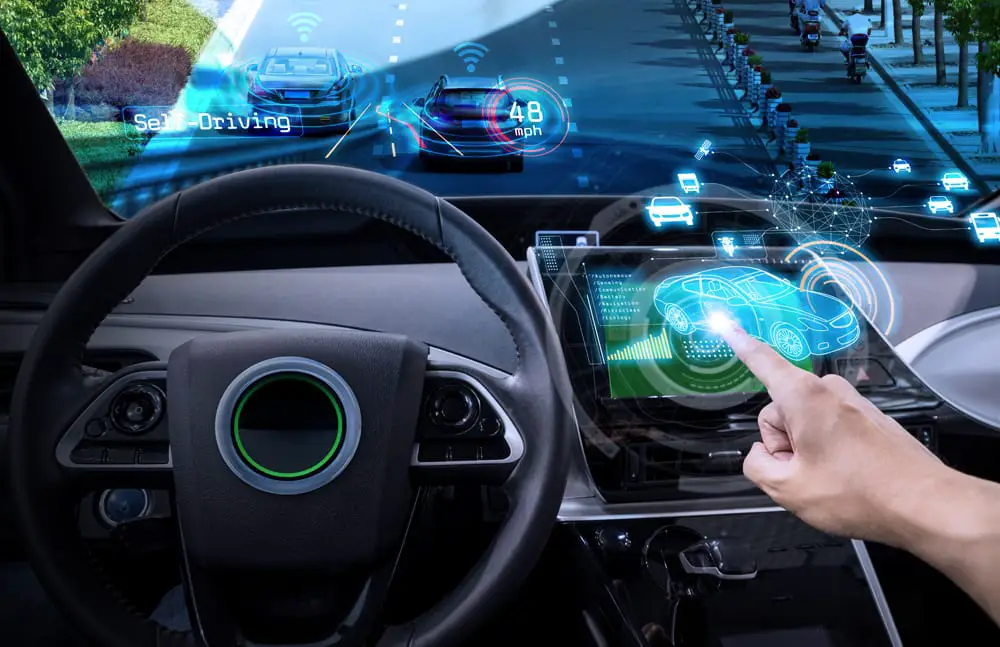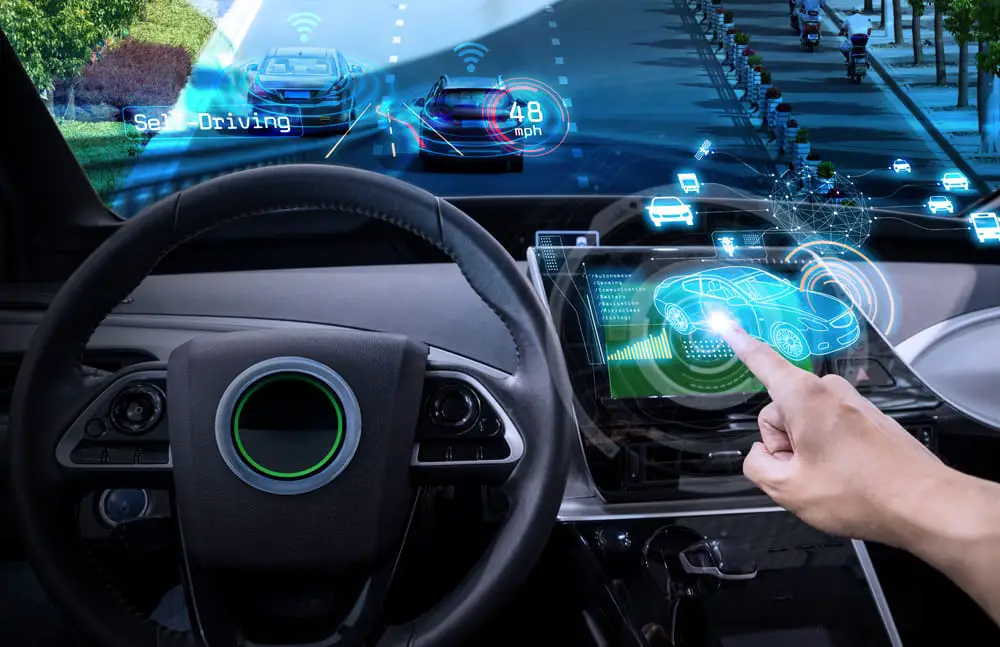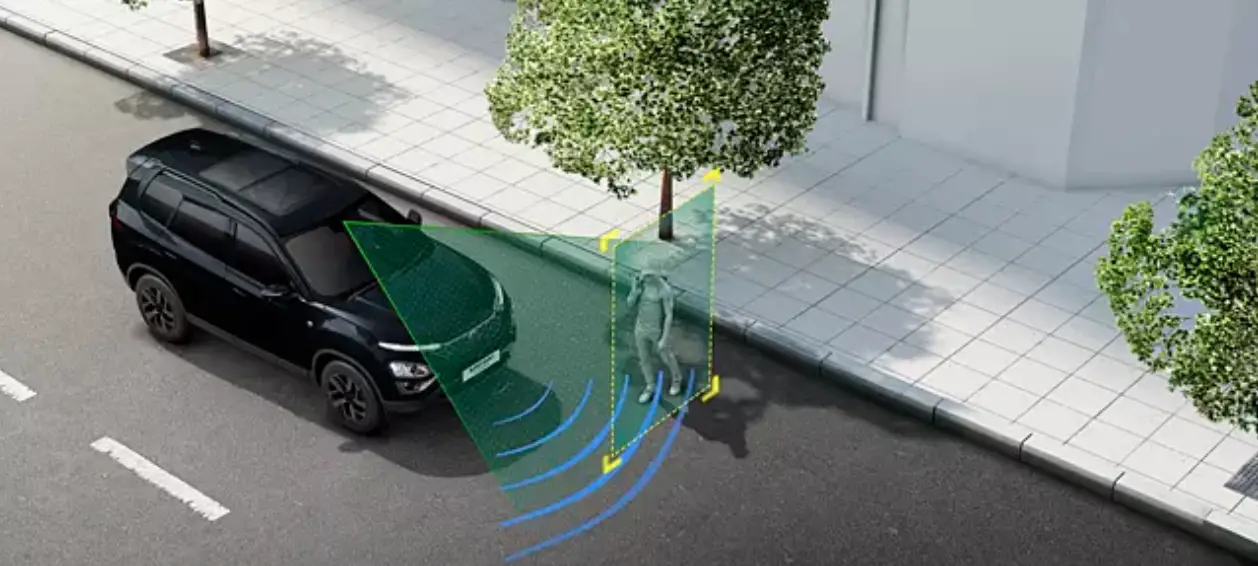The Crucial Role of ADAS in Electric Vehicles.
The automotive industry is witnessing a transformative shift with the integration of Advanced Driver Assistance Systems (ADAS) into electric vehicles (EVs).


The automotive industry is witnessing a transformative shift with the integration of Advanced Driver Assistance Systems (ADAS) into electric vehicles (EVs). These systems leverage cutting-edge technologies to enhance safety, convenience, and driving experience. As EVs gain prominence, manufacturers increasingly incorporate ADAS features to address challenges unique to electric mobility.
Key ADAS Technologies in Electric Vehicles:
- Autonomous Driving Capabilities:
Electric vehicles often serve as a platform for testing and implementing autonomous driving features. ADAS in EVs includes technologies such as adaptive cruise control, lane-keeping assistance, and automated parking. - Energy Efficiency Optimization:
ADAS systems in electric vehicles are designed not only for safety but also to optimize energy consumption. Smart navigation systems analyze routes, considering factors like topography and traffic conditions to maximize efficiency and extend the vehicle's range. - Collision Avoidance Systems:
EVs equipped with ADAS benefit from collision avoidance systems that use sensors and cameras to detect potential collisions and, in some cases, take corrective actions such as automatic braking or steering assistance. - Augmented Reality Displays:
Heads-up displays and augmented reality technologies are increasingly finding their way into electric vehicles. These systems provide real-time information, such as navigation instructions or hazard alerts, directly into the driver's line of sight. - Sensor Fusion Technology:
ADAS in electric vehicles relies on sensors, including cameras, radar, lidar, and ultrasonic sensors. Sensor fusion technology integrates data from these sources, enabling more robust and accurate detection of the vehicle's surroundings. - V2X Communication:
Vehicle-to-Everything (V2X) communication enables EVs to communicate with other vehicles, infrastructure, and even pedestrians. This technology enhances safety by providing real-time information about road conditions, traffic, and potential hazards.

Read: Wireless battery management system for EVs.
Importance of ADAS in electric vehicles
i) Safety on the Road
One of the primary pillars of ADAS's significance in electric vehicles is the redefinition of safety standards. ADAS incorporates an array of sensors, cameras, and radar systems, creating a vigilant guardian that constantly monitors the vehicle's surroundings. From adaptive cruise control that maintains safe distances to collision avoidance systems that preemptively act to prevent accidents, ADAS transforms the driving experience into a safer, more secure journey.
ii) Extending the Electric Advantage
Beyond safety, ADAS plays a pivotal role in optimizing the efficiency of electric vehicles, a key consideration in the widespread adoption of sustainable mobility. Smart navigation systems leverage real-time data to analyze routes, factoring in terrain changes and traffic conditions. By dynamically adjusting energy consumption, ADAS ensures that electric vehicles operate at peak efficiency, addressing concerns related to range anxiety and maximizing the distance traveled on a single charge.
iii) A Comprehensive View of Smart Decisions
ADAS in electric vehicles thrives on sensor fusion technology, combining inputs from cameras, radar, lidar, and ultrasonic sensors. This comprehensive view of the vehicle's environment is essential for making smart, real-time decisions. The synergy of these sensors not only enhances safety features but also contributes to the seamless integration of autonomous driving functionalities.
iv) Adapting to Urban Challenges: Navigating the Future
In an era where urbanization poses unique transportation challenges, ADAS in electric vehicles proves invaluable. Features like automated parking, pedestrian detection, and traffic sign recognition make EVs equipped with ADAS adept at navigating complex urban environments. This adaptability positions electric vehicles as ideal solutions for the future of urban mobility.
v) A Catalyst for Continued Innovation
The importance of ADAS in electric vehicles extends beyond the present; it acts as a catalyst for continued innovation. Ongoing research and development aim to further enhance existing features and introduce new capabilities. As electric mobility becomes mainstream, ADAS will undoubtedly play a central role in shaping the next generation of intelligent transportation.
Read: New charging cables to charge electric vehicles in under five minutes.
Beyond safety, ADAS plays a pivotal role in optimizing the efficiency of electric vehicles, a key consideration in the widespread adoption of sustainable mobility. Smart navigation systems leverage real-time data to analyze routes, factoring in terrain changes and traffic conditions. By dynamically adjusting energy consumption, ADAS ensures that electric vehicles operate at peak efficiency, addressing concerns related to range anxiety and maximizing the distance traveled on a single charge.
vi) A Comprehensive View for Smart Decisions
ADAS in electric vehicles thrives on sensor fusion technology, combining inputs from cameras, radar, lidar, and ultrasonic sensors. This comprehensive view of the vehicle's environment is essential for making smart, real-time decisions. The synergy of these sensors not only enhances safety features but also contributes to the seamless integration of autonomous driving functionalities.
vii) Navigating the Future
In an era where urbanization poses unique transportation challenges, ADAS in electric vehicles proves invaluable. Features like automated parking, pedestrian detection, and traffic sign recognition make EVs equipped with ADAS adept at navigating complex urban environments. This adaptability positions electric vehicles as ideal solutions for the future of urban mobility.
See: Electric vehicle trends in 2023.
viii) A Catalyst for Continued Innovation
The importance of ADAS in electric vehicles extends beyond the present; it acts as a catalyst for continued innovation. Ongoing research and development aim to further enhance existing features and introduce new capabilities. As electric mobility becomes mainstream, ADAS will undoubtedly play a central role in shaping the next generation of intelligent transportation.
Challenges and Future Outlook
While the revolution is underway, challenges persist. Standardization, cybersecurity concerns, and regulatory frameworks for autonomous driving are focal points that the industry must address. However, the future outlook is promising. Ongoing research and development are dedicated to refining existing ADAS features and introducing new capabilities that will continue to elevate the safety and efficiency standards of electric vehicles.
Conclusion: A Bold Future Unveiled
As the automotive industry hurtles towards a future dominated by sustainable mobility, the revolution of safety and efficiency in electric vehicles through cutting-edge ADAS advancements stands as a beacon of progress. The collaboration of electric power and intelligent assistance systems is not just a technological marvel; it's a testament to the commitment to safer, more efficient transportation for all. In this era of innovation, the road ahead is paved with promise, with electric vehicles at the forefront of a transportation revolution.




